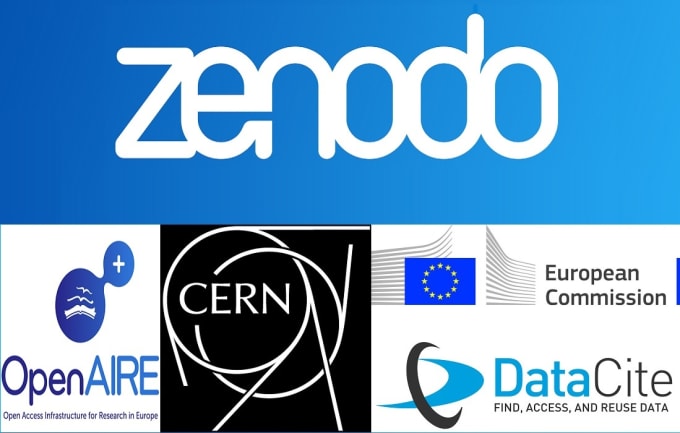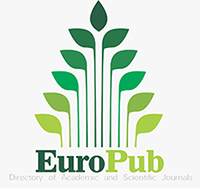The Clinical characteristics and ultrasonographic findings of ovarian torsion: One-year tertiary center experience
DOI:
https://doi.org/10.5281/zenodo.7195850Keywords:
Ovarian torsion, USG, transvaginal ultrasonographyAbstract
Aim: We aimed to determine the clinical characteristics, diagnostic features and ultrasonographic (USG) findings of ovarian torsion.
Materials and Methods: Overall 264 patients diagnosed with ovarian torsion between April 2020 and April 2021 were analyzed, retrospectively. Patients requiring surgical and medical treatment were compared with those requiring only medical treatment regarding demographic characteristics clinical and USG findings.
Results: Of all diagnosed ovarian torsion surgically, 82 (47.95%) was detected in the right-sided and 89 (52.04%) in the left-sided. The mean diameter of affected ovaries by torsion was significantly higher than that measured in normal ovaries (69.2±25.2 mm vs 11.1±7.9 mm) (p<0.05). Blood flow was not revealed in 8.5% of affected ovaries based on transvaginal and transabdominal USG findings. Patients who examined only transabdominal USG had 45.7% incorrect negative diagnoses. Transvaginal USG has higher accuracy in detecting ovarian torsion (p<0.05). Also, when patients have chronic diseases the probability of ovarian torsion can be higher (p<0.05). All the statistical tests were considered significant at p<0.05
Conclusion: We re-demonstrates the challenges of diagnosing ovarian torsion and the limitations of USG, specifically colour Doppler. Transvaginal USG is strongly recommended in case of clinical doubtfulness to torsion. It can be an excellent choice to perform sonography by a radiologist when possible.
Downloads
Downloads
Published
How to Cite
Issue
Section
License
Copyright (c) 2022 Chronicles of Precision Medical Researchers

This work is licensed under a Creative Commons Attribution-NonCommercial-ShareAlike 4.0 International License.






